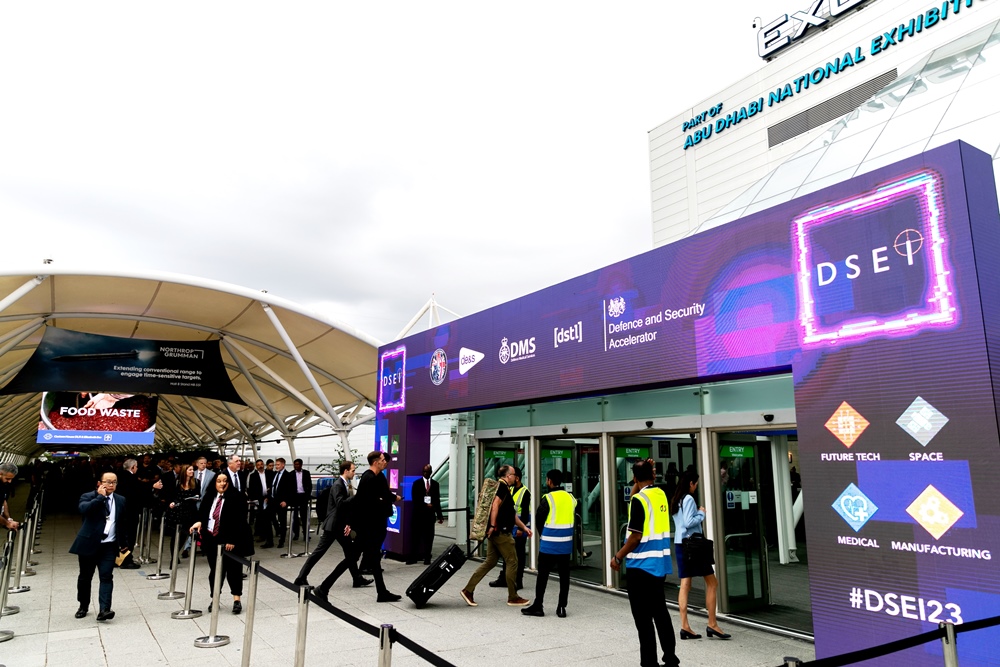Why good times are a good time to reduce your overheads
 The combined order books of Airbus and Boeing over the next 20 years provide some dizzying statistics. They have a combined backlog of more than 10,000 aircraft. Anyone who places an order today will have to wait eight years for delivery. OEMs and component suppliers could be forgiven for thinking that the good times will keep on rolling until their grandchildren start collecting their pensions.
The combined order books of Airbus and Boeing over the next 20 years provide some dizzying statistics. They have a combined backlog of more than 10,000 aircraft. Anyone who places an order today will have to wait eight years for delivery. OEMs and component suppliers could be forgiven for thinking that the good times will keep on rolling until their grandchildren start collecting their pensions.
There is, of course, a 'but' coming. These projections all underplay the commercial reality facing aircraft manufacturers that their competitively priced contracts with airlines are yielding lower margins in the face of ever rising cost pressures – not least from direct labour and staff. Volumes may well be up, but the pressure on higher service levels at lower costs is keenly felt. Recent times have seen an enormous focus on shop floor productivity improvements and the leaning out of waste. The benefits of quicker turnaround times, lower inventories, and improved safety have all helped to reduce operating costs and improve cash flow. However, the challenge is not yet overcome and the most opaque element of costs – overheads – remains to be properly tackled. Often, overheads are placed in the box marked 'too difficult' and consequently ignored. This is because managers do not know what, if any, value is added by indirect activity.
Any effort to tackle overheads should start with senior managers making serious efforts:
- to understand the cost of the organisation and processes and match them to forecasts of demand
- to pinpoint where to remove cost and improve profitability by highlighting opportunities to streamline processes and make them less wasteful, simpler, cheaper, faster, more effective, and consistent with good practice
- to exploit fully the capabilities of information technology systems
- to reduce duplication and inefficiency in management by improving the organisational structure and its managerial layers, spans of control, and costs.
Nothing starts to deal more effectively with the fear of change than unambiguous fact. A better informed understanding of structure, the activities of the staff, and patterns of work helps managers focus on the opportunities for reducing or eliminating complexity and waste. It is essential to introduce the 'voice of the customer' in completing such reviews lest political agendas creep in and institutionalised inefficiency takes root. Defining the right size and shape of the indirect organisation should be based on a thorough understanding of core, improvement and support activities; whether or not activities are related to volume; and process improvement projects. The risks of changing specific roles or even combining departments in pursuit of a savings target can only be understood when based on fact.
Any restructuring should be based on a business plan that specifies the headcount by function and department and the reason for changes by cost driver. Such reviews provide an ideal opportunity to consider a revised 'to-be' organisational structure with healthier 'layers and spans' that should seek to enrich and enlarge managerial roles and provide a clearer career path. Design is only complete when there is an implementation plan with a full assessment of risks, supported by a timetable for communications, and the adoption of improved business controls for indirect headcount.
The motivation to reduce indirect costs becomes emotionally compelling and inspiring if it is tied to a positive outcome for the business and its people. Doing so requires detailed planning on the structuring and implementation of efforts to secure the support of employees and their commitment to the necessary decisions and behavioural changes. It also requires a motivating vision of what the company can become.
The leaders of a business may be able to command that costs be cut quickly, but if people are motivated in positive ways that produce emotional as well as rational commitment, more costs will be removed earlier and the benefits will last longer. Our dilemma is that we all hate and love change at the same time; what we really want is for things to remain the same but get better. It was Harold Wilson, hardly a management guru, who offered the view that 'he who rejects change is the architect of decay'. The path of least resistance is the route taken by managers who have already lost their way.












